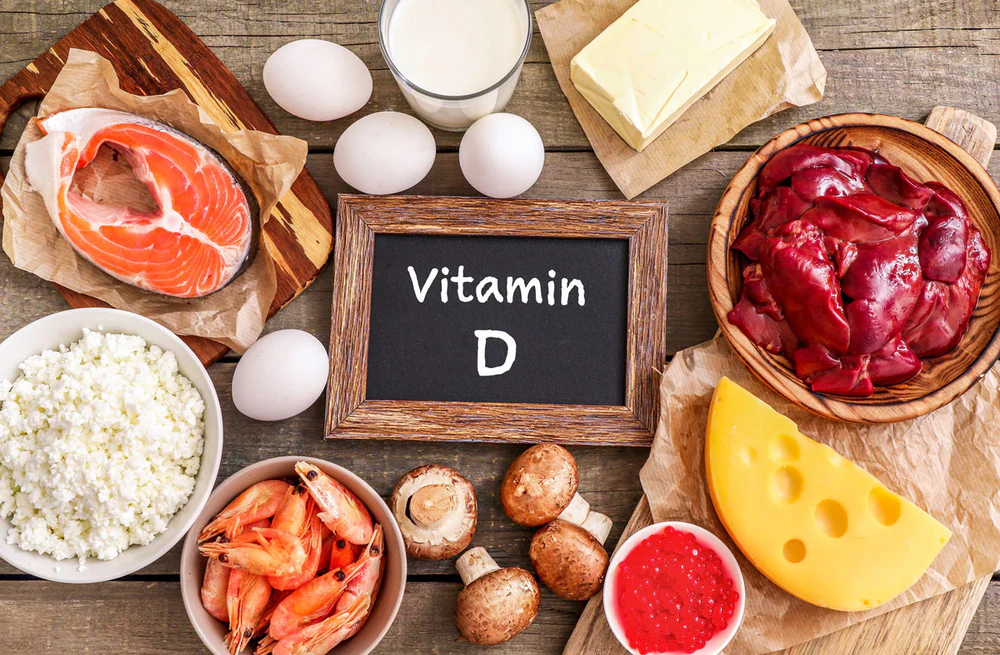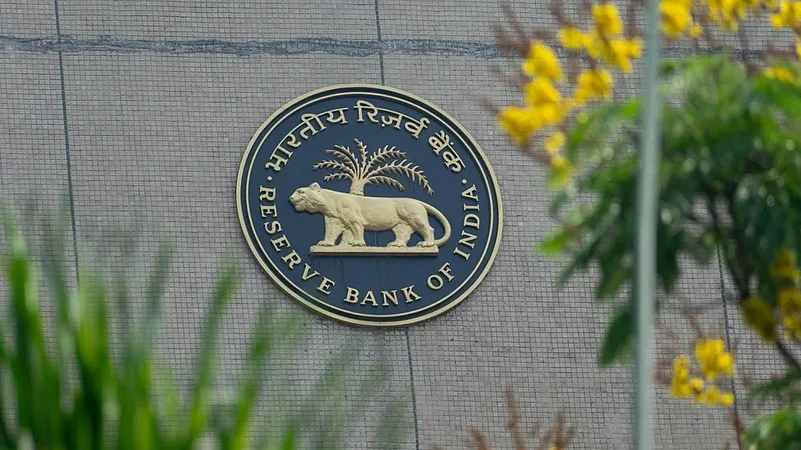Vitamin D is often called the “sunshine vitamin” because our body makes it when the skin is exposed to sunlight. Just like sunlight itself, this vitamin is essential for our health. It helps the body absorb calcium and phosphorus, keeps bones and muscles strong, supports the immune system, and even helps maintain a good mood.
However, despite living in sunny places, many people still have low vitamin D levels without even realizing it. When this happens, it can affect our bones, immunity, energy levels, and overall health.
While supplements are an option, the best and most natural way to improve vitamin D levels is through your diet. The challenge is that very few foods naturally contain enough vitamin D — but if you know what to eat and when, you can easily meet your daily needs.
Here are 10 foods rich in vitamin D and simple tips on when and how to include them in your meals for maximum benefits.
1. Fatty Fish (Salmon, Mackerel, Trout, Sardines)
Fatty fish are the richest natural sources of vitamin D3. For instance, wild-caught salmon provides around 556–924 IU per 100 grams, which can meet your daily needs. Wild fish usually contain more vitamin D than farmed fish.
How to eat:
Include fish like salmon, sardines, or trout in your meals twice a week (about 100–150 g each time). Try grilled salmon with vegetables or sardines on whole-grain toast for a tasty and healthy option.
Best time to eat:
Have it during your main meal of the day. The healthy fats in fish help your body absorb vitamin D better.
2. Cod Liver Oil or Fish Liver Oils
Fish liver oil is another powerful source of vitamin D and omega-3 fatty acids, which help reduce inflammation and support brain and heart health.
How to eat:
Take cod liver oil with meals that include healthy fats for better absorption. If you eat fish liver dishes, enjoy them occasionally as they are quite nutrient-rich.
3. Egg Yolks (From Free-Range or UV-Fed Hens)
Eggs are one of the easiest and most affordable sources of vitamin D. The yolk contains about 40 IU of vitamin D, so always eat the whole egg, not just the white.
How to eat:
Make a vegetable omelet for breakfast, or add boiled eggs to your salads. Pair them with healthy fats like avocado or olive oil to help your body absorb the vitamin better.
4. UV-Exposed Mushrooms
Certain mushrooms produce vitamin D2 when exposed to sunlight or UV light. They are especially helpful for vegetarians and vegans.
How to eat:
Look for mushrooms labeled “UV-exposed” or “high in vitamin D.” Use them in stir-fries, soups, or on toast. Sautéing them in olive oil will increase vitamin absorption.
Note: Vitamin D2 is slightly less effective than D3, but still valuable for plant-based diets.
5. Fortified Dairy Milk and Yogurt
Fortified milk is regular cow’s milk with added vitamins and minerals — usually vitamin D and A. It’s one of the easiest ways to get more vitamin D in your daily diet.
How to eat:
Have a glass of fortified milk at breakfast, or enjoy yogurt with fresh fruit. Choose low-sugar versions for better health. Pair with oats or cereals for a nutritious start to your day.
6. Fortified Plant-Based Milks (Almond, Soy, Oat)
If you don’t consume dairy, plant-based milks like almond, soy, and oat milk are great alternatives. Many brands add vitamin D to make them equally nutritious.
How to eat:
Use these in smoothies, coffee, or with cereal. Always check the label for “vitamin D added.” Pair with nuts or nut butter for better absorption.
7. Fortified Orange Juice and Breakfast Cereals
Some brands of orange juice and breakfast cereals are also fortified with vitamin D. These can be helpful for people who don’t get enough sunlight or follow a vegan diet.
How to eat:
Choose whole-grain cereals with added vitamin D and pair with fortified milk or plant milk. If you drink fortified orange juice, do it occasionally and check the sugar content. Whole fruits are always a healthier choice since they contain fiber.
8. Beef Liver and Other Organ Meats
Beef liver is rich in vitamin D, iron, and other essential nutrients. A 3-ounce serving gives about 42 IU of vitamin D, along with many other health benefits.
How to eat:
Enjoy beef liver once a week in stir-fries or as pâté. It’s nutritious but should be eaten in moderation.
9. Healthy Fats for Better Vitamin D Absorption
Since vitamin D is fat-soluble, it needs healthy fats for proper absorption. Fats don’t provide vitamin D themselves, but they help your body use it effectively.
How to eat:
Add olive oil, nuts, seeds, or avocado to your meals that contain vitamin D-rich foods like fish, eggs, or fortified milk.
10. Sunlight — the Natural Partner of Vitamin D
While not a food, sunlight remains the best natural source of vitamin D. Try to get 10–20 minutes of sunlight on your skin (without sunscreen) a few times a week, preferably in the morning or late afternoon.















